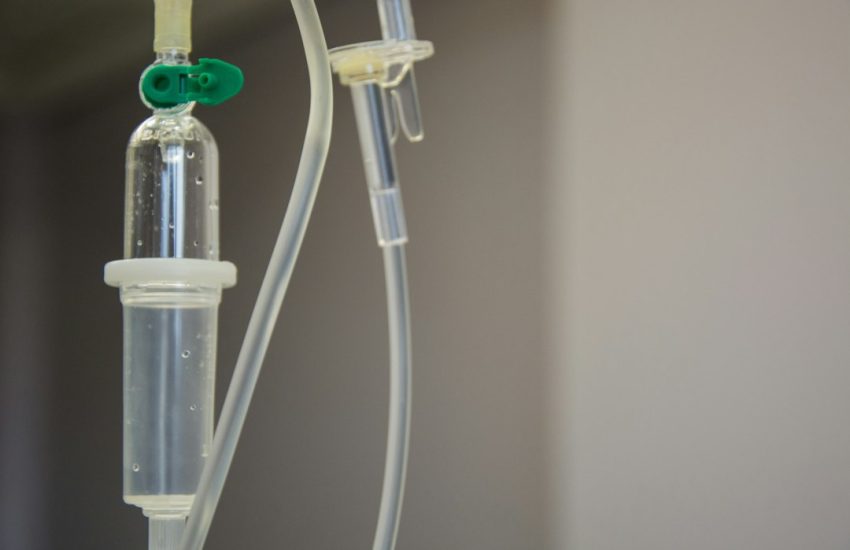Say Goodbye to Tea-Stained Teeth: Tips for Preventing Discoloration
Tea is a beloved beverage enjoyed by millions of people around the world. It offers a comforting and soothing experience, whether it’s a hot cup of black tea in the morning or a refreshing glass of iced green tea on a hot summer day. However, one downside to drinking tea is the potential for tooth discoloration. Many tea drinkers struggle with unsightly stains on their teeth, which can be frustrating and embarrassing. In this blog post, we will explore the causes of tea stains and offer tips for preventing and treating them.
Contents
- 1 Understanding How Tea Causes Tooth Discoloration
- 2 Other Factors that Contribute to Tooth Stains
- 3 The Importance of Good Oral Hygiene
- 4 Brushing Techniques to Prevent Tea Stains
- 5 Flossing and Mouthwash for a Brighter Smile
- 6 Diet and Lifestyle Changes to Reduce Tooth Discoloration
- 7 Professional Dental Treatments for Stubborn Stains
- 8 Natural Remedies for Brighter Teeth
- 9 Maintaining a Healthy, White Smile
Understanding How Tea Causes Tooth Discoloration
Tea contains tannins, which are natural compounds found in plants. These tannins can stick to the enamel of your teeth and cause stains. The longer tea is in contact with your teeth, the more likely it is to cause discoloration. This is why people who drink tea regularly may notice more staining over time. Additionally, darker teas, such as black tea, are more likely to cause stains than lighter teas, such as green tea.
Other Factors that Contribute to Tooth Stains
While tea is a major culprit when it comes to tooth discoloration, there are other factors that can contribute to stains as well. Poor oral hygiene is one such factor. If you don’t brush and floss regularly, plaque and tartar can build up on your teeth, making them more susceptible to staining. Smoking and certain medications can also cause tooth discoloration. Smoking not only stains your teeth but also increases your risk of gum disease and oral cancer. Some medications, such as certain antibiotics and antihistamines, can cause teeth to become discolored.
Foods and drinks with high acidity can erode tooth enamel and make your teeth more prone to staining. Examples of acidic foods and drinks include citrus fruits, soda, and sports drinks. When tooth enamel is weakened, it becomes easier for stains to penetrate the surface of your teeth.
The Importance of Good Oral Hygiene
Maintaining good oral hygiene is crucial for preventing tea stains and keeping your teeth healthy and white. Brushing your teeth at least twice a day and flossing daily can help remove plaque and prevent staining. It’s important to use a fluoride toothpaste, as fluoride strengthens tooth enamel and makes it more resistant to staining. Additionally, visiting your dentist for regular cleanings can help keep your teeth clean and healthy.
Brushing Techniques to Prevent Tea Stains
When it comes to brushing your teeth, technique matters. Brushing gently in circular motions can help remove surface stains without damaging your enamel. It’s important not to brush too aggressively, as this can wear down your enamel and make your teeth more susceptible to staining. Using a whitening toothpaste can also help remove stains over time. These toothpastes contain abrasive particles that gently scrub away surface stains.
Another tip is to brush your teeth immediately after drinking tea. This can help prevent stains from setting in. If you’re unable to brush right away, rinsing your mouth with water can also help minimize the amount of tea residue left on your teeth.
Flossing and Mouthwash for a Brighter Smile
Flossing is an essential part of oral hygiene that many people overlook. It helps remove plaque and food particles from between your teeth, preventing staining and gum disease. By flossing daily, you can keep your teeth clean and reduce the risk of tea stains.
Using a mouthwash can also contribute to a brighter smile. Mouthwashes help kill bacteria in your mouth, freshen breath, and some even contain whitening agents that can help remove stains. Incorporating mouthwash into your daily oral care routine can be an effective way to prevent tea stains.
Diet and Lifestyle Changes to Reduce Tooth Discoloration
In addition to maintaining good oral hygiene, making certain diet and lifestyle changes can help reduce tooth discoloration. One tip is to drink tea through a straw. By doing so, you can minimize the contact between the tea and your teeth, reducing the chances of staining. Another tip is to eat crunchy fruits and vegetables, such as apples and carrots. These foods act as natural toothbrushes, scrubbing away surface stains.
Drinking plenty of water is also important for maintaining a healthy smile. Water helps rinse away food particles and prevent staining. It’s especially beneficial to drink water after consuming acidic foods or drinks, as it can help neutralize the acid and protect your teeth.
Professional Dental Treatments for Stubborn Stains
If you have stubborn tea stains that don’t respond to at-home remedies, professional dental treatments may be necessary. Teeth whitening treatments performed by a dentist can help remove deep stains and restore the natural whiteness of your teeth. There are different types of whitening treatments available, including in-office treatments and take-home kits. Your dentist can recommend the best option based on your individual needs.
In some cases, dental bonding or veneers may be used to cover up severe tooth discoloration. Dental bonding involves applying a tooth-colored resin to the surface of your teeth to improve their appearance. Veneers are thin shells made of porcelain or composite material that are bonded to the front of your teeth to mask imperfections.
Natural Remedies for Brighter Teeth
If you prefer natural remedies, there are several options that can help brighten your smile. Baking soda and hydrogen peroxide can be combined to make a natural whitening paste. Simply mix a small amount of baking soda with hydrogen peroxide until it forms a paste-like consistency. Brush your teeth with this mixture for a couple of minutes, then rinse thoroughly. Be cautious not to use this mixture too frequently, as it can be abrasive and damage your enamel.
Oil pulling with coconut oil is another natural remedy that can help remove bacteria and freshen your breath. Simply swish a tablespoon of coconut oil in your mouth for 10-15 minutes, then spit it out. This process helps remove plaque and bacteria from your teeth and gums, reducing the risk of staining.
Eating strawberries or rubbing them on your teeth can also help remove surface stains. Strawberries contain malic acid, which acts as a natural whitening agent. However, it’s important to note that these natural remedies may not be as effective as professional treatments or over-the-counter whitening products.
Maintaining a Healthy, White Smile
Tea stains can be frustrating, but there are many ways to prevent and treat them. By maintaining good oral hygiene, making diet and lifestyle changes, and seeking professional dental treatments when necessary, you can enjoy your tea without worrying about tooth discoloration. Remember to brush and floss regularly, use a fluoride toothpaste, and visit your dentist for regular cleanings. By following these tips, you can maintain a healthy, white smile for years to come.



